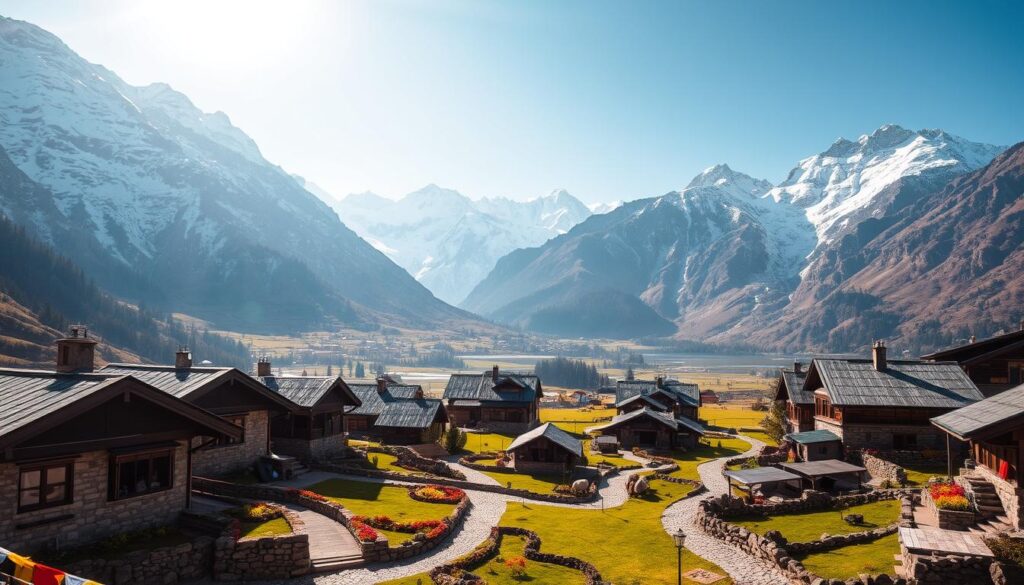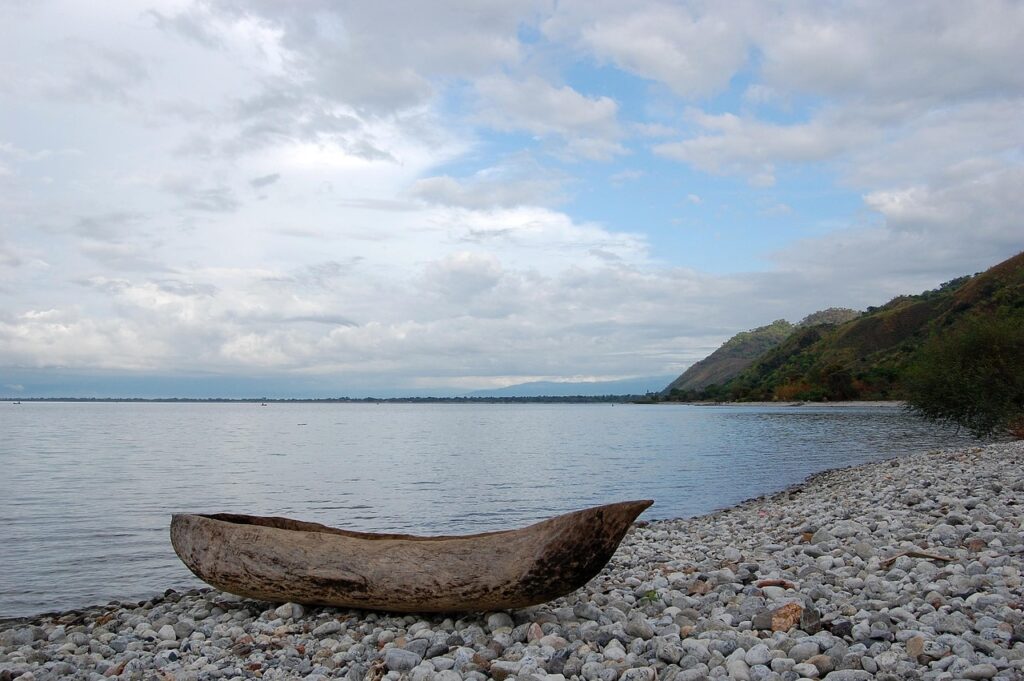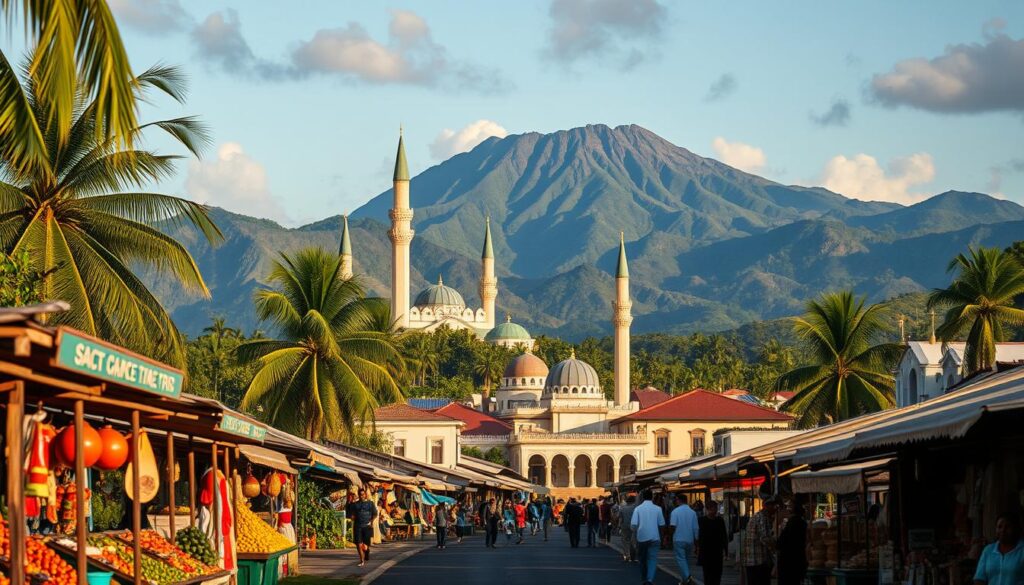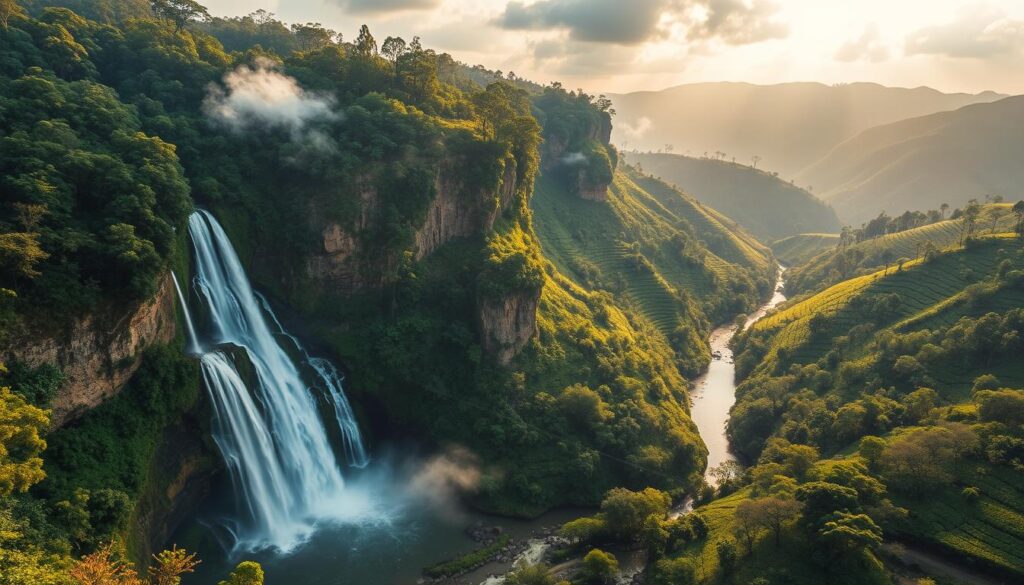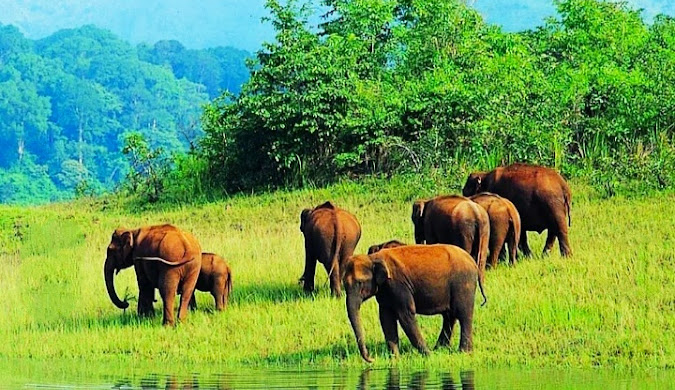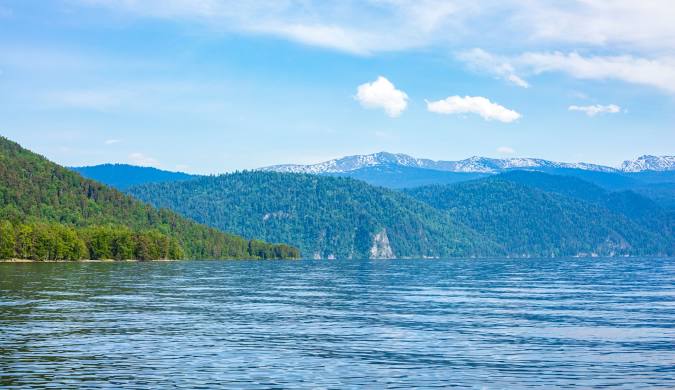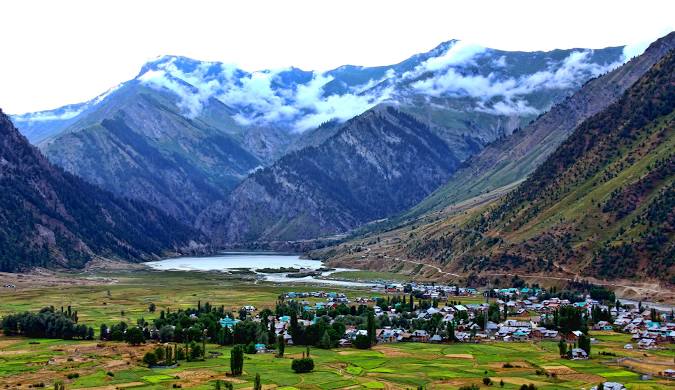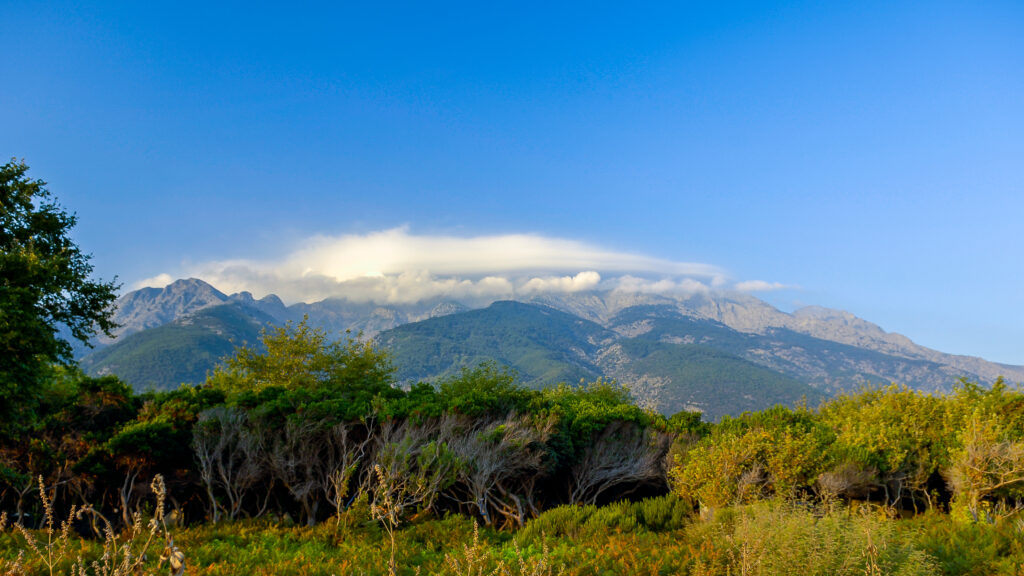Lake Malawi, a crucial freshwater resource for Malawi, Mozambique, and Tanzania, is facing several pressing environmental challenges. The most significant threats to its exceptional biodiversity and vital fisheries include overfishing, particularly due to illegal fishing methods like the use of fine mesh nets that capture young fish, leading to a decline in fish stocks and overall biodiversity. Pollution from agricultural runoff, domestic waste, and industrial discharge contributes to eutrophication and sedimentation within the lake. Additionally, climate change and deforestation in the surrounding catchment area exacerbate habitat degradation and impact the lake’s water quality. Invasive alien species are also identified as a serious and potentially irreversible threat to the native biodiversity. To address these issues, conservation efforts are multifaceted: For an in-depth exploration of each of these threats, the specific research informing conservation strategies, and the detailed policy implications for Lake Malawi’s future, please continue reading. Lake Malawi Welcome to Lake Malawi, often hailed as the “Jewel of the Rift Valley”! This magnificent body of freshwater, known also as Lake Nyasa in Tanzania and Lago Niassa in Mozambique, is far more than just a lake; it’s a vibrant ecosystem, a historical marvel, and a lifeline for millions. Situated within the East African Rift system, it stands as one of the impressive African Great Lakes. Its global importance stems not only from its sheer size but also from its unparalleled biodiversity. In fact, Lake Malawi is a recognised global biodiversity hotspot, boasting more fish species than any other lake on Earth. A Geographical and Geological Marvel Imagine a lake so ancient and vast that its origins stretch back millions of years. Lake Malawi is an ancient lake and a quintessential rift lake, formed by the titanic tectonic forces associated with the East African Rift Valley. Its basin is a series of tilted earth blocks, known as half-grabens, with an astonishing more than 4 kilometres of sediment beneath its deepest points, a testament to its immense age. This colossal lake is truly a sight to behold. It stretches an impressive 560 to 580 kilometres (350 to 360 miles) long, and up to about 75 kilometres (47 miles) wide at its broadest point. Covering a surface area of approximately 29,600 square kilometres (11,400 sq mi), it proudly ranks as the ninth largest lake by surface area globally. Beneath its shimmering surface, it plunges to a maximum depth of 706 metres (2,316 feet) in its north-central part, making it Africa’s second-deepest and the third-deepest lake in the world. With a total water volume estimated at 8,640 km³ (2,070 cu mi), it holds nearly 7% of the Earth’s available surface freshwater. The lake’s water dynamics are fascinating. Its primary inflow is the Ruhuhu River, with the Songwe River (on the Tanzania-Malawi border) also contributing significantly. However, its sole outflow is the Shire River, which eventually flows into the Zambezi River in Mozambique. A striking characteristic is that over 80% of water loss occurs due to evaporation, far exceeding the outflow from the Shire River. This leads to a very long flushing time, concentrating nutrients and chemicals within the lake. Lake Malawi is also a meromictic lake, meaning its layers of water don’t mix, with waters below 170–200 metres being anoxic. The surface water is generally warm, ranging from 24 to 29 degrees Celsius (75 to 84 degrees Fahrenheit), and is slightly alkaline. As you might imagine, a lake of this scale spans multiple nations. Its shorelines touch Malawi, Mozambique, and Tanzania. Interestingly, the exact position of the Malawi-Tanzania border within the lake has been a point of contention for years. Tanzania claims the border runs through the middle of the lake, while Malawi asserts control over all waters not in Mozambique, right up to the Tanzanian shoreline, citing the Heligoland Treaty of 1890. Malawi currently administers these waters. A Hotspot of Biodiversity: The Cichlid Phenomenon Lake Malawi’s most celebrated feature is its truly unparalleled fish diversity. It is home to more fish species than any other lake on Earth, with estimates ranging from at least 700 to over 1,000 species recorded, predominantly the famous cichlid fish. What makes this even more extraordinary is that an astonishing 99% of these cichlid species are endemic to the lake. This makes Lake Malawi a living laboratory, crucial for understanding evolutionary processes and adaptive radiation. When you gaze into its clear waters, you might spot various cichlid groups like the vibrant mbuna cichlids, usipa, and utaka. Some, like Aulonocara baenschi and Chindongo saulosi, are critically endangered due to their popularity in the ornamental fish trade. Beyond the cichlids, other significant fish families, such as Clariidae, Claroteidae, and Cyprinidae, also inhabit the lake, including the unique genus Bathyclarias. For those who rely on the lake for food, common catches include tilapia, sardines, and catfish. But the lake’s wonders extend beyond fish. Its waters and surrounding areas support a rich diversity of invertebrate life: On land and in the skies around the lake, the wetlands and forests support a vast array of wildlife, including Nile crocodiles, hippopotamuses, monkeys, and a large population of African fish eagles. Even the painted hunting dog, once thought extinct, has been sighted here. Life and Livelihoods: Human Dependence on the Lake For millions living along its shores, Lake Malawi is not just a natural wonder; it is the very backbone of their economic survival. Local communities in Malawi, Mozambique, and Tanzania are profoundly dependent on its resources for both fishing and agriculture. The fisheries are arguably the lake’s most vital asset. They provide an indispensable source of protein and contribute significantly to the regional economy, especially in Malawi. It is widely quoted that fish provides around 70% of the animal protein consumed by Malawians, a statistic that, while significant, dates back to the 1940s and merits updating. In 2015 alone, the fisheries sector directly employed an impressive 60,600 people in Malawi, with an additional 300,000 individuals engaged in related secondary activities such as fish processing, marketing, boat-building, and supplying fishing gear. The lucrative ornamental fish trade

